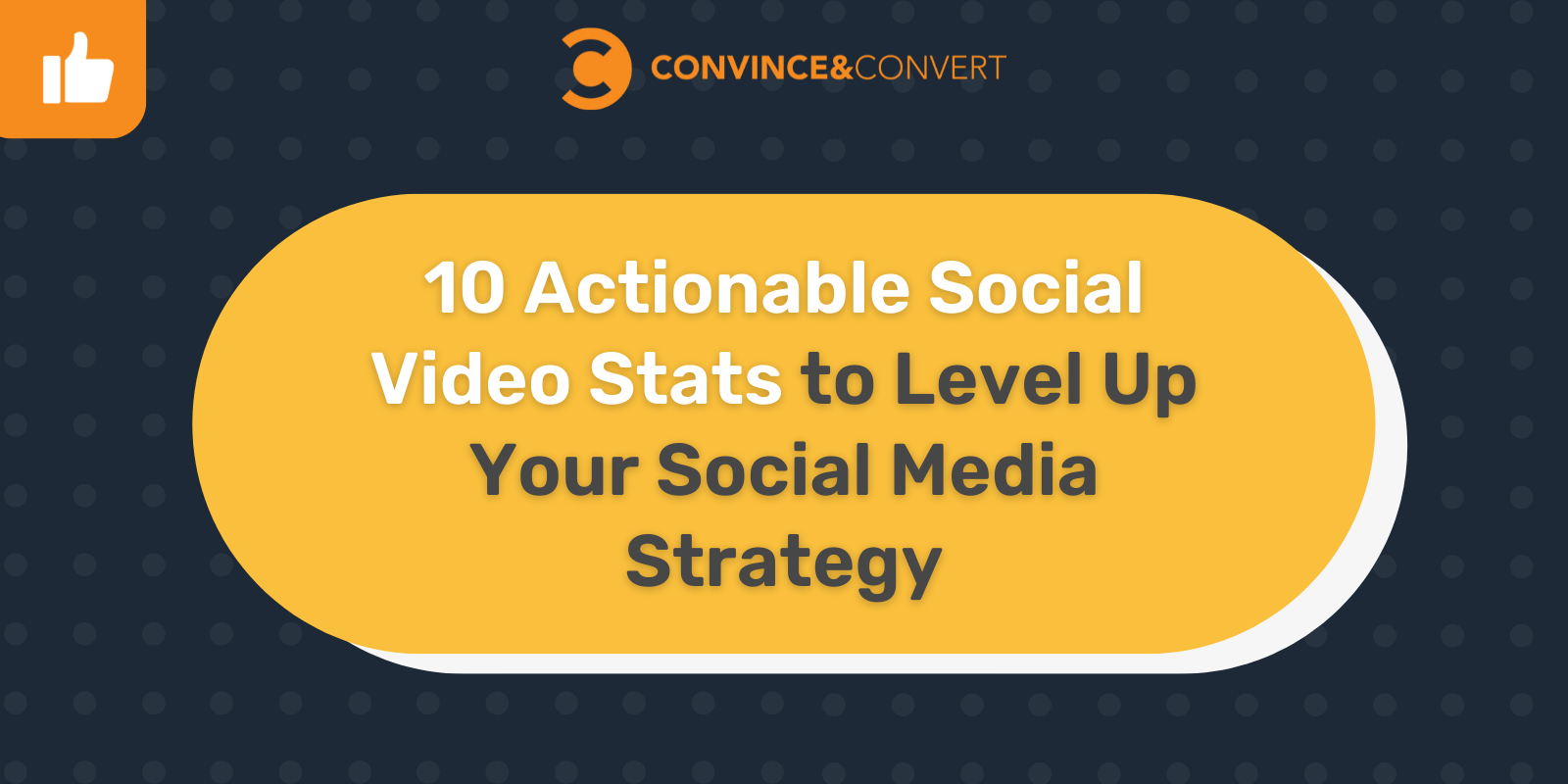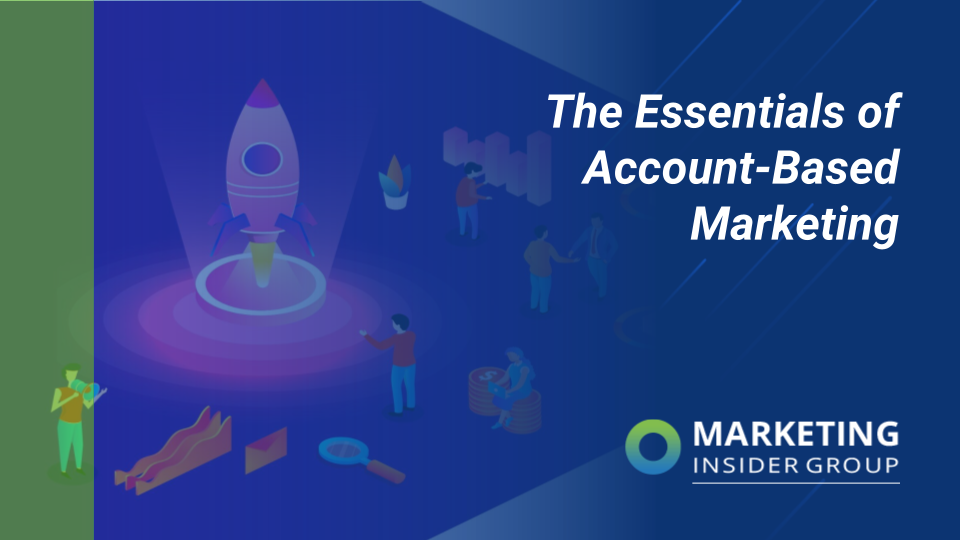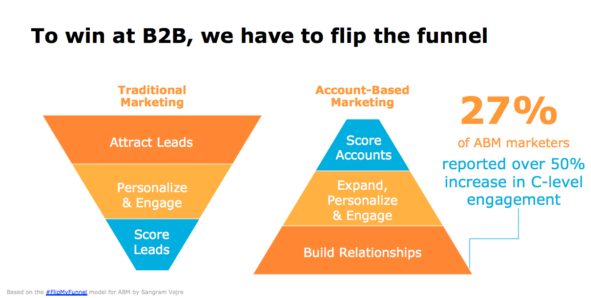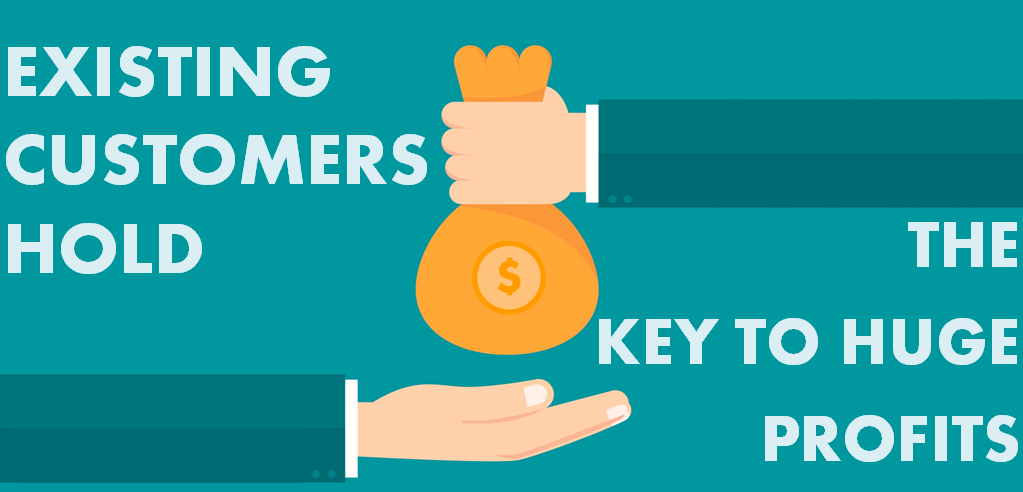
Search engines are the main channel for discovering information and services in the modern day. HubSpot estimates that Google processes approximately 63,000 search queries every second, translating to 5.6 billion daily searches and around 2 trillion global searches annually. 1 The average person conducts between three and four searches daily, and those numbers are expected to increase as time goes on.
If you’re reading this, there’s a good chance you’re among those daily Googlers, and you may have noticed some queries show a featured snippet. For instance, if you search the inquiry, “what is a featured snippet?” Google returns this:

The block of text with a link and accompanying image is a featured snippet, an answer to an inquiry that Google’s algorithm deems most relevant. It’s displayed above organic search results with the purpose of answering users’ questions quickly and accurately.
With featured snippets taking up sizeable real estate that catches the eye, they naturally steal traffic away from search results, as users won’t be as compelled to scroll through the other search results further down the page.
So how does your company get to be the featured snippet for a specific topic, specifically if a competitor is already featured for a keyword or phrase you want? The secret is to produce great content that’s relevant to your users and, in effect, relevant to Google’s algorithms.
How Do I Create Quality Content?
High-quality content includes all the written and designed materials you produce to market and support your business, products, and services. It should be well-researched, tactical, informative, engaging, and provide specific value to its intended audience. The best content is designed to meet or exceed the expectations of its target audience and is considered valuable, relevant, and helpful, with emphasis on these characteristics:
- Relevance: Content should be relevant to its intended audience, addressing their needs, interests, and pain points.
- Accuracy and reliability: High-quality content should be factually accurate and trustworthy, with reliable sources cited where appropriate.
- Value: The content should provide value to the reader, whether by educating, entertaining, inspiring, or informing them.
- Readability: The content should be easy to read, with a clear structure, headings, and subheadings, and use simple and concise language.
- Visual appeal: The content should be visually appealing, with images, videos, infographics, or other graphic elements used where appropriate to enhance the reader’s experience.
- Shareability: High-quality digital content should be shareable, with social media buttons or functionality that allows readers to share it with their networks easily.
The first rule of content intended to capture a snippet is that it must be relevant to readers and serve a purpose. If you write a blog about an industry topic but needlessly carry off on tangents that look designed to repeat keywords as many times as possible or regurgitate common industry viewpoints without additional insight or value, your brand’s credibility as a thought leader can be hurt.
Quality content that achieves snippet status also needs an overall length that avoids being flagged by Google as “thin,” which correlates to word count. Writing 100 words for a blog post won’t only drive users away, but Google will devalue it among search results because of its brevity. Most blog or FAQ-style content that captures featured snippets should be anywhere from 850-1500 words. And that content needs to be grammatically correct and meticulously spell-checked; users won’t ever take your content or brand seriously if every blog has spelling and grammar errors.
In the quest for featured snippets, keyword research is also critical. If you want your content to snag a featured snippet for “what is a parsnip?” your blog needs to discuss the topic of parsnips as articulately and clearly as possible. But when going for a snippet that answers a simple question, ensure your content includes a synopsized answer in plain terms and similar language to the search that utilizes the keyword as naturally as possible, such as “A parsnip is a root vegetable with a long, tapering shape. Parsnips have a sweet, slightly nutty flavor and a starchy texture. Parsnips can be eaten raw or cooked, are often roasted, boiled, mashed, or used in soups and stews, and are a good source of fiber, vitamin C…”
I Have Quality Content On My Site, Now What?
If your website features quality content, but your brand still hasn’t been granted the coveted featured snippet on Google, here are a few things you can do. First, ensure your webpage is being indexed by Google, a process that can be done in Google Search Console, and subsequently by using a reliable SEO tool to check. Your content won’t appear in the search engine page results (SERPs) if Google doesn’t know it exists.
Next comes the hardest part – wait. Give your new post a few days to show up in the SERPs and see how it stacks up against the existing search ranking for a given inquiry. If it’s been a fair amount of time and you’re still not seeing your content show up, it may be time to reevaluate it or rethink your SEO strategy. As stated above, see what the competition is doing to achieve the current featured snippet and how you can iterate on their methods to do it better.
Don’t blatantly copy content, and don’t plagiarize. Both practices will render your content and brand untrustworthy to users and Google, likely penalizing it from showing up at all.
Special note here about newer technologies like ChatGPT and other AI content creation tools. While these tools don’t leave any specific “AI fingerprints,” they do regurgitate tons of generic outputs based on human programming, which follow specific formats and conventions to generate strings of sentences and paragraphs in a valuable and consistent way, like human writers. But tons of users inputting similar prompts to an AI will return similar outputs across the board, and there’s a high likelihood that Google will continuously devalue untweaked, generic AI outputs. Not to mention, AI is still far from perfect and has a long way to go to be a dependable source of accurate information. So, even the most foundational content pieces need some massaging or editing from a professional if it’s going to make a real difference in any KPIs.
Tweaking content also requires a lengthy round of the waiting game, so don’t change your content every few days because it isn’t performing. Instead, research and develop ways to make your content better and more relevant to visitors. Worst case, you end up with a piece of great content that’s most likely ranking on the first page of Google.
How Does A Featured Snippet Help My Brand’s Bottom Line?
Glad you asked. Featured snippets and other SERP features take up a lot of prime real estate, usually positioned above the organic search results. So off the bat, your featured snippet is being seen by more potential customers, and your brand is becoming more recognizable. These searchers not only see your brand, but they associate it with being a trustworthy source (this is where those golden rules of quality content come in again) and are more likely to visit your site for similar topics. More users on your site can result in more qualified leads inquiring about your products or services.
In addition, the more featured snippets your site has, the more exposure your brand will get for users searching your targeted queries. People will realize that your site is a hub of factual, insightful answers and has a boatload of quality content. That builds trust and credibility in your brand and subsequent trust in your products and services. In theory, more users exploring your site increases the probability of more paying customers.
Anything Else I Should Know?
A word of warning: don’t try and dethrone featured snippets from massive sites like Wikipedia or YouTube. In almost every case, it won’t work; they’ll outrank your (most likely) smaller and more specific site every time due to their size and the trust that Google places in them for quality search results.
Also, don’t take this guide as gospel; Google’s algorithms decide what content becomes a featured snippet. You can publish the greatest content ever, and Google may still think a competitor’s is superior. In that case, follow the tips above to reevaluate and enhance your content. Or, be happy with the probable high SERP ranking. Regardless of the outcome, you won’t regret featuring valuable, quality content on your site.
Need help creating quality content, improving SERP rankings, and converting leads into paying customers? Get help from the experts.
Sources: 25 Google Search Statistics to Bookmark ASAP
The post Google’s Featured Snippets: What Are They, How Do You Get Them & What Do They Mean for Your Brand? appeared first on Marketing Insider Group.

 Social Media Strategy” width=”1600″ height=”800″ srcset=”https://www.convinceandconvert.com/wp-content/uploads/2022/11/CC-Blog-Featured-Image-Templates-29.png 1600w, https://www.convinceandconvert.com/wp-content/uploads/2022/11/CC-Blog-Featured-Image-Templates-29-300×150.png 300w, https://www.convinceandconvert.com/wp-content/uploads/2022/11/CC-Blog-Featured-Image-Templates-29-1024×512.png 1024w, https://www.convinceandconvert.com/wp-content/uploads/2022/11/CC-Blog-Featured-Image-Templates-29-768×384.png 768w, https://www.convinceandconvert.com/wp-content/uploads/2022/11/CC-Blog-Featured-Image-Templates-29-1536×768.png 1536w” sizes=”(max-width: 1600px) 100vw, 1600px” />
Social Media Strategy” width=”1600″ height=”800″ srcset=”https://www.convinceandconvert.com/wp-content/uploads/2022/11/CC-Blog-Featured-Image-Templates-29.png 1600w, https://www.convinceandconvert.com/wp-content/uploads/2022/11/CC-Blog-Featured-Image-Templates-29-300×150.png 300w, https://www.convinceandconvert.com/wp-content/uploads/2022/11/CC-Blog-Featured-Image-Templates-29-1024×512.png 1024w, https://www.convinceandconvert.com/wp-content/uploads/2022/11/CC-Blog-Featured-Image-Templates-29-768×384.png 768w, https://www.convinceandconvert.com/wp-content/uploads/2022/11/CC-Blog-Featured-Image-Templates-29-1536×768.png 1536w” sizes=”(max-width: 1600px) 100vw, 1600px” />











